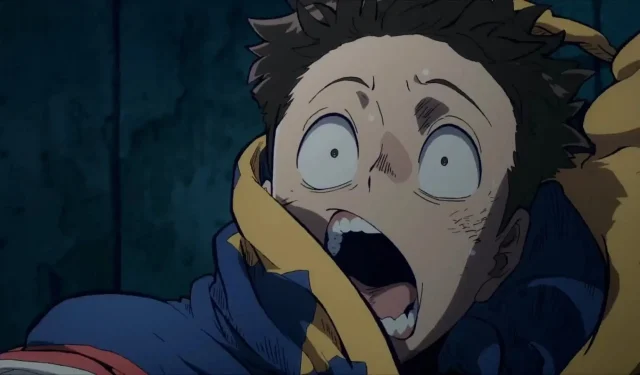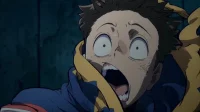My Hero Academia: Vigilantes has recently launched its anime adaptation, propelling this spinoff into the spotlight of the My Hero Academia franchise. This has sparked numerous discussions surrounding the vigilante trope, which, while often conflated with that of the antihero, possesses distinct characteristics that are essential to understand.
The essence of a vigilante, particularly in a series aptly named My Hero Academia: Vigilantes, transcends the mere act of operating outside legal boundaries. Rather, it revolves around the moral principles guiding the character’s actions. The extent to which they will go to achieve a perceived greater good starkly contrasts with the values held by the main character, Koichi Haimawari.
Disclaimer: This article contains spoilers for the series. The perspectives shared herein are solely those of the author.
Defining the Divide: Vigilantes vs Antiheroes

The title of the series, My Hero Academia: Vigilantes, underscores its focus on heroes who operate beyond the law without official sanction to assist others. This is prominently exemplified by the protagonist, Koichi Haimawari, or The Crawler, who forgoes UA’s entrance exams to lend his support to those around him.
Many viewers mistakenly equate vigilantes with antiheroes, drawing parallels with figures from Marvel and DC Comics, like The Punisher and Red Hood, who similarly disregard legal constraints and may resort to lethal force against villains. While vigilantes share certain attributes with antiheroes, such as operating outside the law, their motivations and ideologies are fundamentally different.
Characters like Koichi and Knuckleduster illustrate this distinction in My Hero Academia: Vigilantes. Their intentions to aid others align closely with those of sanctioned heroes, emphasizing that there are always avenues for meaningful assistance, regardless of their vigilante status.
The Ethics of Heroism Explored

My Hero Academia: Vigilantes, akin to its predecessor, delves into the deeper themes of heroism. Through Koichi’s character development, the series showcases his initial hesitance and the eventual evolution into a heroic figure—one capable of making a difference, whether licensed or not.
While antiheroes typically thrive in morally ambiguous terrain, their actions often stem from a warped sense of duty to a perceived greater good. For instance, Lady Nagant’s narrative serves as a poignant reminder of how her extreme actions aimed at societal benefit ultimately took a heavy emotional toll.
Concluding Perspectives
The narrative of My Hero Academia: Vigilantes effectively delineates the differences between vigilantes and antiheroes, a distinction that can sometimes blur for audiences. More importantly, the series highlights that the essence of heroism lies in the unwavering commitment to helping others.


